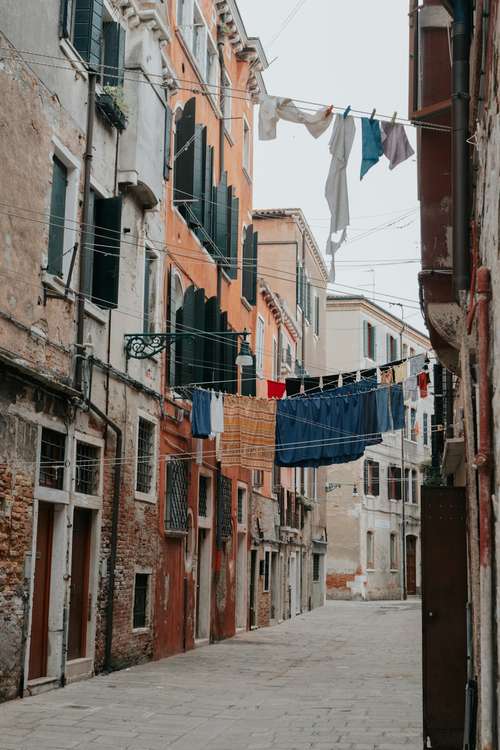The Impact Of Denim Jeans On Our Environment
Denim jeans are a trendy addition to any wardrobe because they are very versatile. You probably own a pair or two, depending on your style, budget, or personal preference.
What we do not know, however, is that our desire to own as many pairs as possible increases the risk of an environmental crisis. Jeans are one of the biggest pollutants in the world, and in this article, you'll find out just how much havoc they cause to the ecosystem in terms of water usage and pollution.
It takes 8 gallons of water to make one pair of jeans. This is directly equivalent to three days of water usage in an average US household.
4 Negative Impacts of Denim Jeans On The Environment;
Every year, almost a billion pairs of jeans are produced for sale, and reports suggest that nearly half of the world's population already owns at least a couple. Here are 4 ways the high demand for jeans has affected our world.
1. High Water Usage For Cotton production
Since jean production requires a large amount of cotton. There is an immediate increase in demand for production. With the increasing number of denim jeans manufacturers, more cotton farms need to be cultivated, which requires a lot of water for irrigation.
To produce at least 1kg of cotton, about 25 liters of water would have been used in the irrigation process. This severely impacts the environment because nearby rivers sometimes have to be deployed for irrigation. This isn't comforting in a world where 785 million people do not have access to clean water. With the increase in the development of large cotton industries in even the driest countries, the world might be in a water crisis soon.
2. Usage Of Toxic Chemicals
Jean production uses several toxic chemicals for drying, dyeing, and even cotton production. The pesticides used for cotton farming are highly toxic and harmful to the land and farmers who risk suffering from acute pesticide poisoning. Some dyes used in the denim industry also release carcinogenic amines into the environment. Since most manufacturers do not use natural dyes for their production, there is an increased health hazard to the environment.
3. High Energy Consumption
Spinning and weaving of the fabrics in jean production requires a lot of energy as the areas need to be kept at a certain temperature and moisture level for effective functioning. The energy consumption used in these mechanical processes also threatens the environment.
4. Health Implications To Human Labour
Most jean manufacturing industries employ a lot of human labor to achieve their target supply in the market. This means that workers are directly involved in destructive processes like sandblasting. Sandblasting is blasting the jean with sand to soften the fabric and achieve a weathered look. Workers exposed during this process stand a high risk of getting fine dust particles lodged in their lungs consistently over the years.
The surprising thing is that the weathered look on jeans can also be achieved with stone-washing, brushing, or the use of lasers. Still, most companies opt for sandblasting because of the low cost of production with the process, choosing to put workers at risk of health hazards instead.
Do We Stop Buying Jeans To Protect The Environment?
Jeans are fashion items that have added a lot of ease to our wardrobe since they can be styled with most outfits. It was initially worn as overalls by miners, railway workers, and laborers in the 19th century. It later became a chic fashion item as time evolved.
Now that we realize its negative impact on our world, we may wonder if we must stop buying them. Jean production can be safer if laws are enforced for companies only to use natural and organic dyes. That way, there would be less usage of water and toxic chemicals.
Workers in jean factories should also be protected from destructive processes like sandblasting that expose their lungs to d




